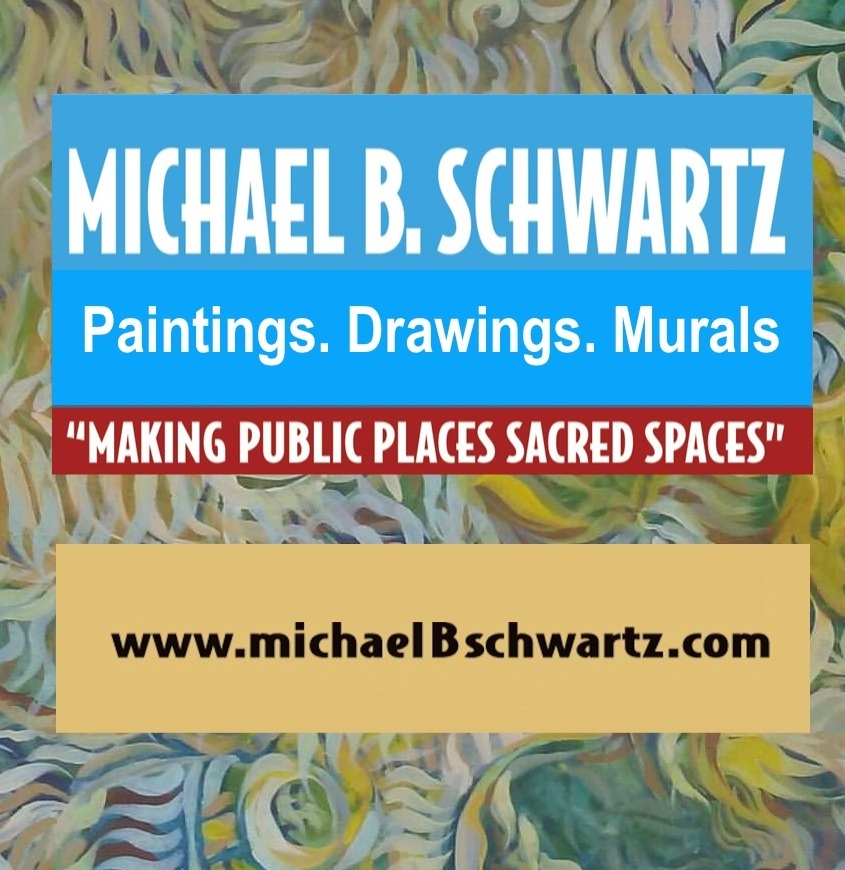We live in the Sonoran Desert, so this is winter garden time. We water new seedlings daily until their roots are strong enough to be transplanted to our specially prepared garden beds. As the plants grow we water them less and less, allowing for their roots to grow strong and reach deep into the soil.
Loosing CAN left me feeling transplanted, exposed. How will community artists and cultural workers inspire, dialogue and report back to one another? Many of us in the field simply can’t afford to fly around to conferences. We are not connected to large institutions, foundations or trust funds. Our base of support tends to be the community itself, and in times of economic despair, innovation is key to our survival. During these times our roots sink deeper into our neighborhoods where we are nurtured and watered.
 Community animators play a unique roll in civilization. We have been here throughout human history, in various manifestations, the Griot, Kokopelli, Blogger. We work with neighborhoods, community centers, schools, hospitals and prisons, providing a place for people to advance their humanity, to tune into their emotions, their community and the environment. We work with groups of people to breath new life into forgotten or neglected places. It’s here in the grassroots we find the innovators, the experimenters, garage and basement cultures that have always produced the great art of the day. When larger and more powerful organizations appropriate ideas, concepts and movements it wipes the slate clean for those in the grassroots. It’s a benchmark, a sign of growth and success.
Community animators play a unique roll in civilization. We have been here throughout human history, in various manifestations, the Griot, Kokopelli, Blogger. We work with neighborhoods, community centers, schools, hospitals and prisons, providing a place for people to advance their humanity, to tune into their emotions, their community and the environment. We work with groups of people to breath new life into forgotten or neglected places. It’s here in the grassroots we find the innovators, the experimenters, garage and basement cultures that have always produced the great art of the day. When larger and more powerful organizations appropriate ideas, concepts and movements it wipes the slate clean for those in the grassroots. It’s a benchmark, a sign of growth and success.
A friend of ours recently met with a community foundation. The guy she met with was very nice, and fond of her organization. He was familiar with the language and concepts of Community Cultural Development (CCD), but not with CAN or any of the hundreds of CAN writers who have joyfully labored in the field over the past 50 years. He coolly explained that the foundations resources would be distributed to several larger groups, and perhaps she could “collaborate” with them. My friend went on to contact each of the larger groups. The funds would be used to study “gaps” in programming. As she shared this story we joked about how not to become part of that gap!
So as the language, strategies and tactics of our movement have been appropriated, those with resources have figured out how to prevent resources from filling an ever widening gap. And this seems to be a national trend.
The fall out is that millions of young people are going without arts education, millions more are deprived of the ability to define the culture or cultures of their choosing through community theater, installations, orchestras, community writing and poetry projects.
There are many schools of thought on this issue as CCD expands beyond traditional art forms. These ideas are being discussed among communities of artist, teachers and scholars worldwide.
Artists and Scholars in Public Life meets annually with dozens of workshops and presentations to participate in. The National Guild for Community Arts Education also meets annually in various locations around the country. The US Social Forum is a massive open space for artist activists with a free wall, children's art village and my favorite the “Creativity Lab” . Alternate Roots hosts a five day gathering that is packed with youth centered programming, open space, fantastic workshops and time to organize. The 35th Anniversary ROOTS Fest 2011: Many Communities, One Voice, will be June 22-26, 2011 in West Baltimore, MD.
The landscape for CCD has changed since 2004, when Art in the Public Interest Published The State of the Field of Community Cultural Development: Something New Emerges, by Linda Frye Burnham, Steven Durland and Maryo Gard Ewell. For example in Australia there is an interesting debate about the effectiveness of CCD. Phoebe Coyne has written number of interesting articles, including “Community Cultural Development Is So Last Century”.
I'm not sure if that's the case, but I do know that for the past 32 years Linda Frye Burnham and Steven Durland worked tirelessly to keep us connected, informed, inspired and thinking about these issues. And for that I am deeply thankful.












